In the depths of the ocean, far beyond the reach of sunlight and human eyes, lie mysterious and unique ecosystems. In these dark, hidden realms, underwater ridges and secret valleys stretch across the ocean floor, home to strange life forms that have never been fully explored.
Deep in the heart of the Pacific, between Mexico and Hawaii, lies a mysterious underwater treasure trove known as the Clarion-Clipperton Zone. This zone contains essential minerals like manganese, nickel, copper, and cobalt. These minerals are critical for technologies such as batteries, stainless steel, and electrical equipment.
Dark Oxygen: Life-Support System
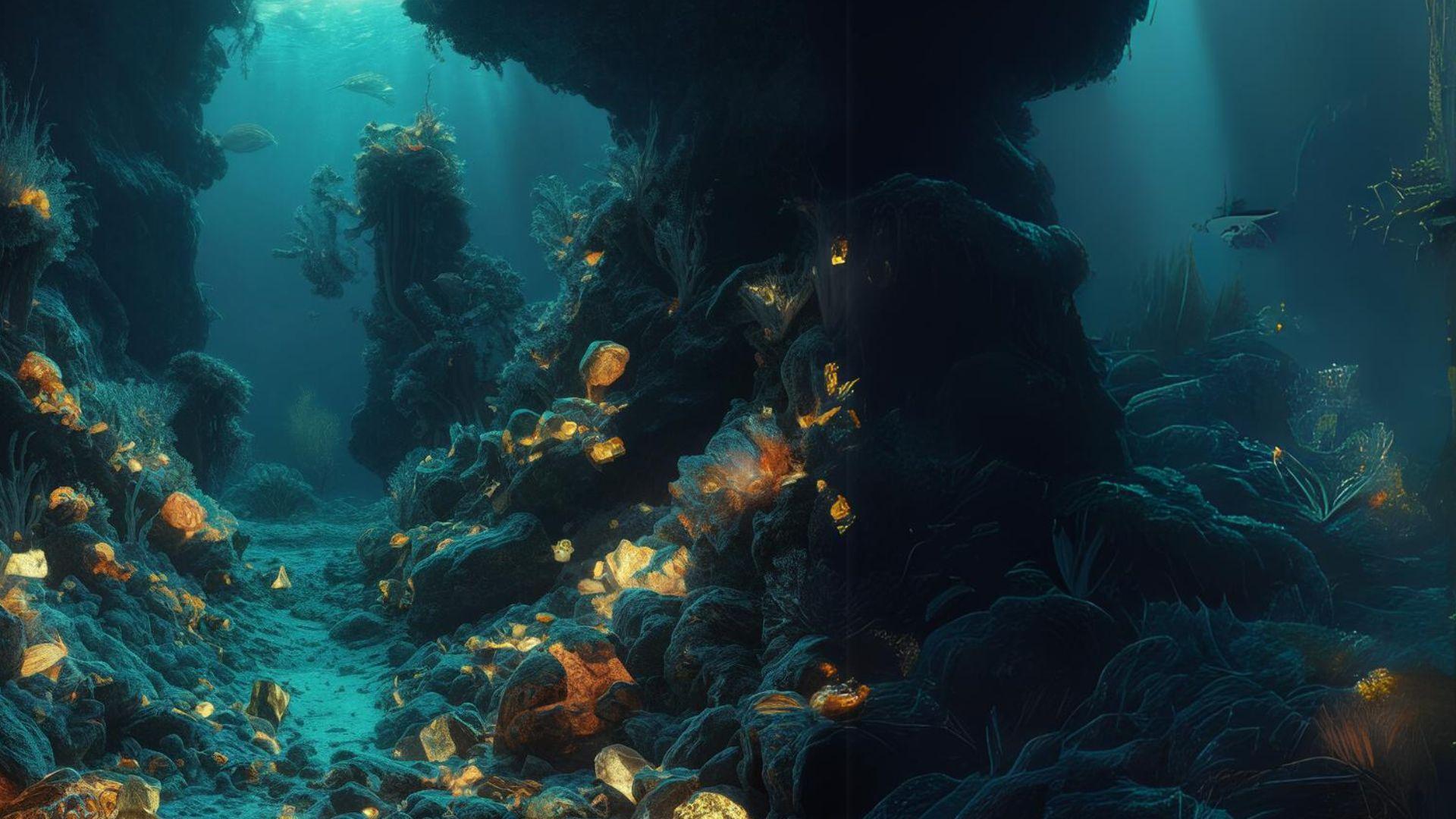
For years, scientists have been trying to understand how life can thrive in the deep, dark ocean. Andrew Sweetman’s recent discovery of “dark oxygen” sheds new light on this mystery. His research, funded by ״The Metals Company, reveals that metal-rich nodules on the ocean floor might act like natural batteries, producing oxygen in an environment devoid of sunlight.
This finding not only advances our knowledge of deep-sea life but also suggests potential new ways to support life in extreme environments on Earth and help us deal with global crises above the sea.
Can We Slow Down the Rise of Sea levels With Ocean Minerals?
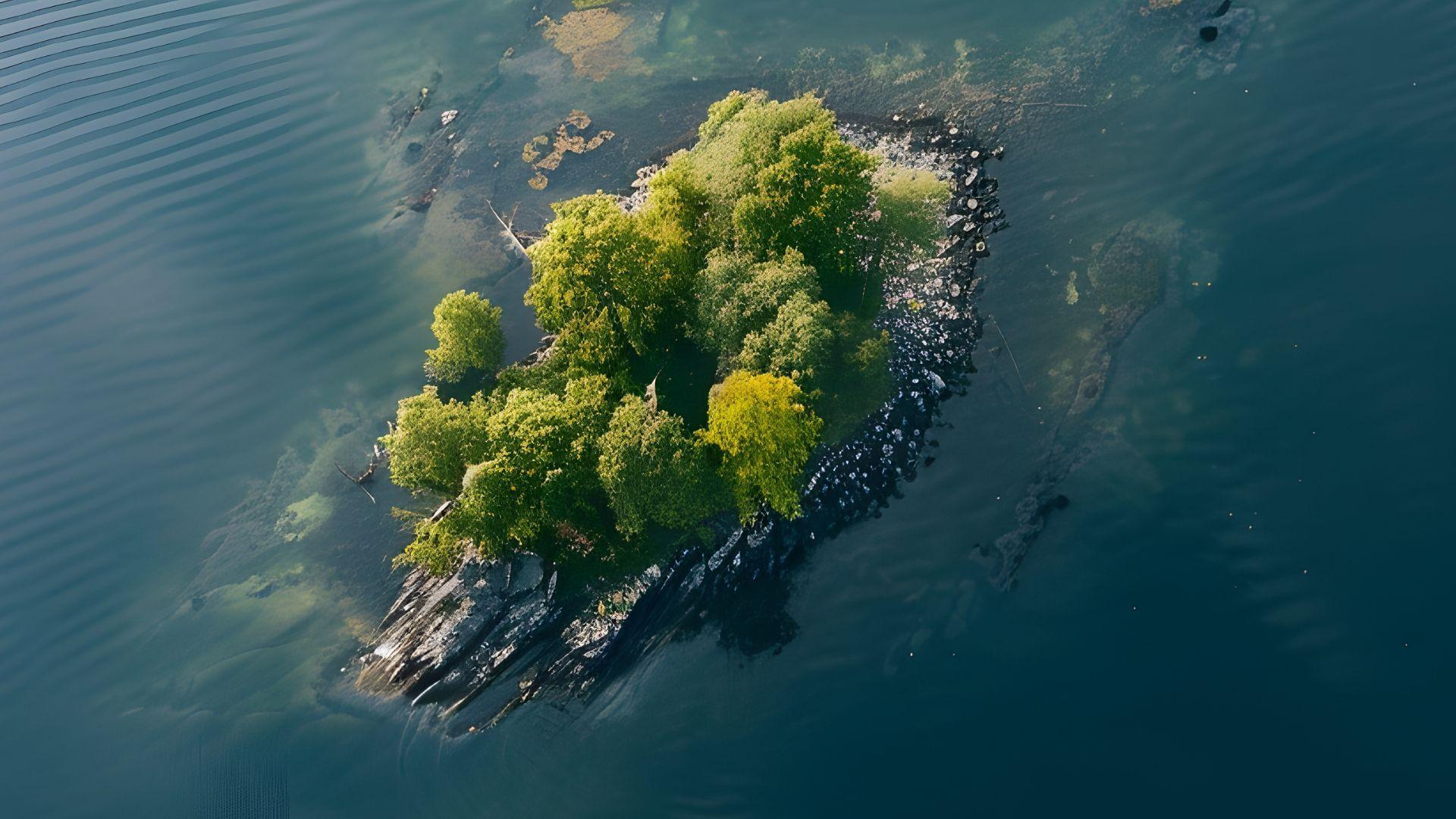
The urgency of deep-sea mining is particularly critical for low-lying island nations threatened by climate change, such as Nauru, Tanzania. Rising sea levels could render these countries uninhabitable by 2100, according to the IPCC – The UN’s Intergovernmental Panel on Climate Change.
Nauru and other Pacific Small Island Developing States (PSIDS) see deep-sea mining as a potential lifeline that could provide crucial metals for clean energy technologies, fostering economic development and helping to mitigate climate impacts. This approach is seen as a way to simultaneously develop their economies and address environmental challenges.
Troubled Waters: Who Is Involved?
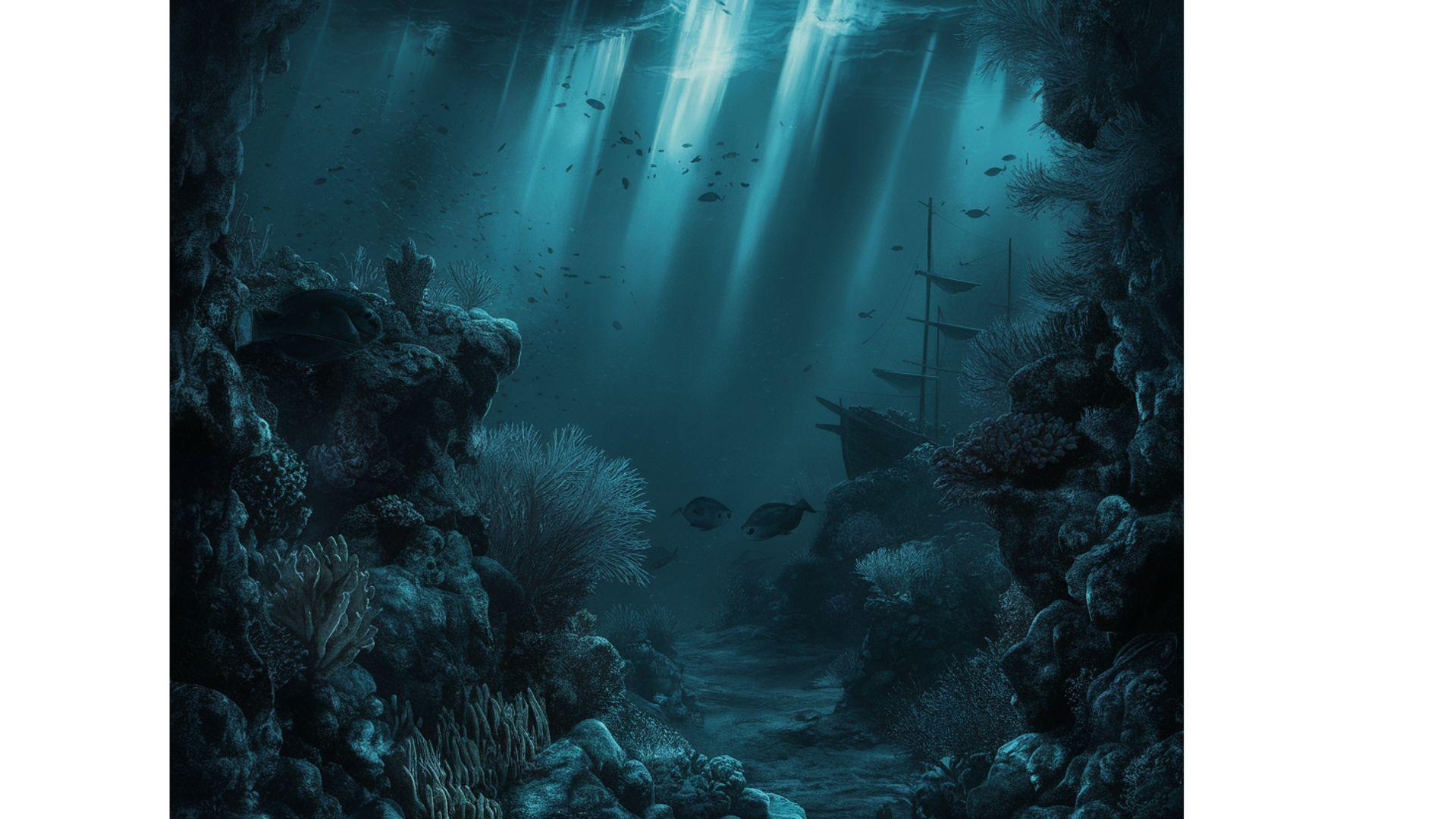
In the shadowy depths of international waters, a network of mining companies from wealthier countries is quietly forging alliances with governments to unlock a new frontier beneath the sea.
Led by groups like “The Metals Company”, these companies are seeking approval from the International Seabed Authority (ISA), based in Kingston, Jamaica. Despite the ISA’s role in protecting the oceans and ensuring that mining benefits all of humanity, there’s a push to start deep-sea mining.
Exploring the Unknown: Economic Gain vs. Environmental Risk
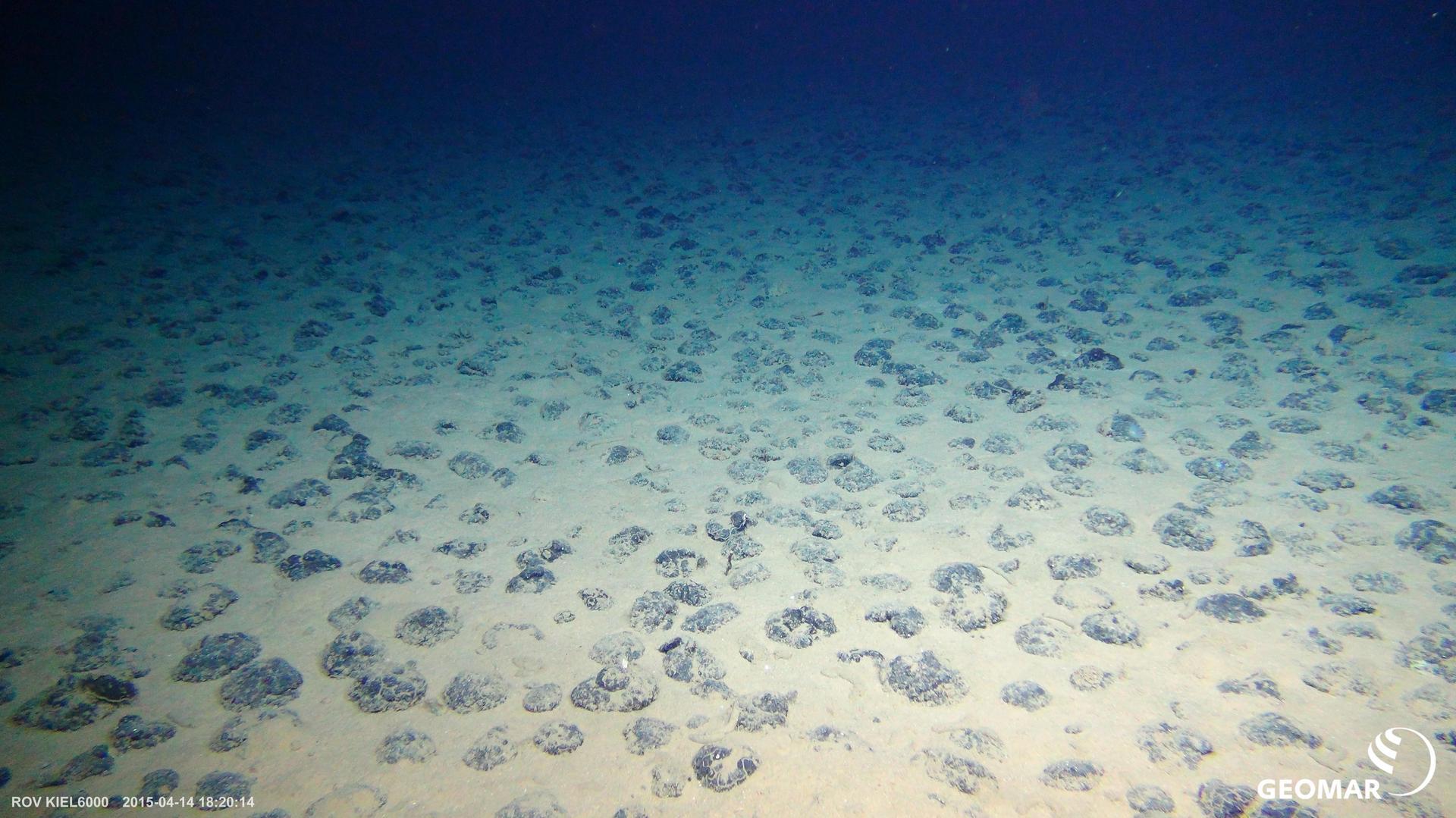
Deep-sea mining offers a significant opportunity to extract essential minerals vital for renewable energy technologies, like those used in electric vehicles and wind turbines. These ocean resources could accelerate the transition away from fossil fuels.
Meanwhile, strategies such as improving recycling, enhancing energy efficiency, and expanding public transportation are being explored to reduce the demand for new materials. The challenge is finding a way to harness these oceanic resources while minimizing environmental impact.
Rising Global Opposition to Deep-Sea Mining
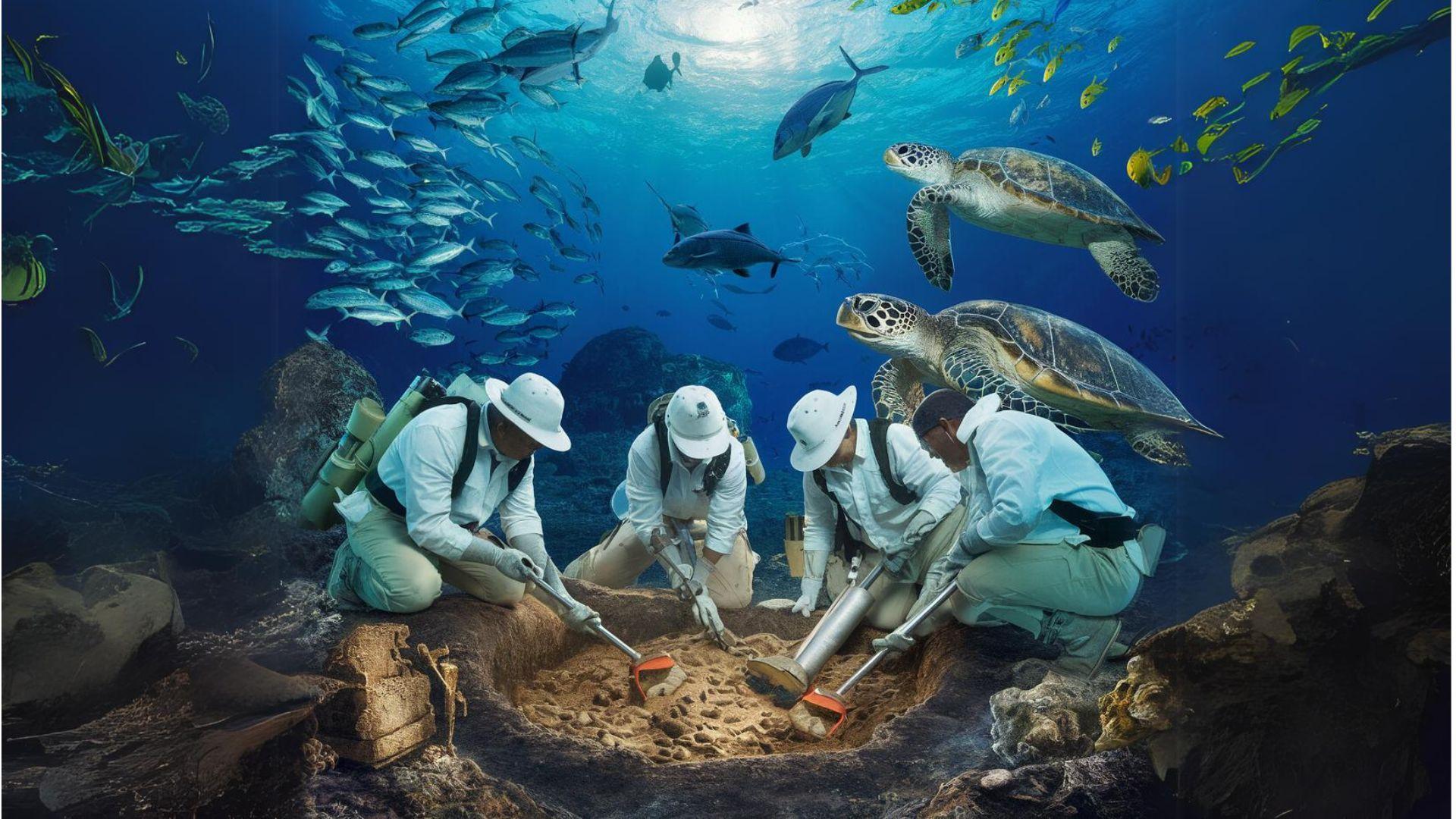
There’s growing opposition to starting industrial deep-sea mining because of its potential risks and uncertainties. This includes a moratorium supported by the World Wildlife Fund, several countries, the European Parliament, and major companies like Google and Samsung.
This stance is reminiscent of existing bans on mining in other remote areas, such as Antarctica, where activities are restricted to protect the environment.
Hold Your Breath: We’ve Got Some Learning to Do
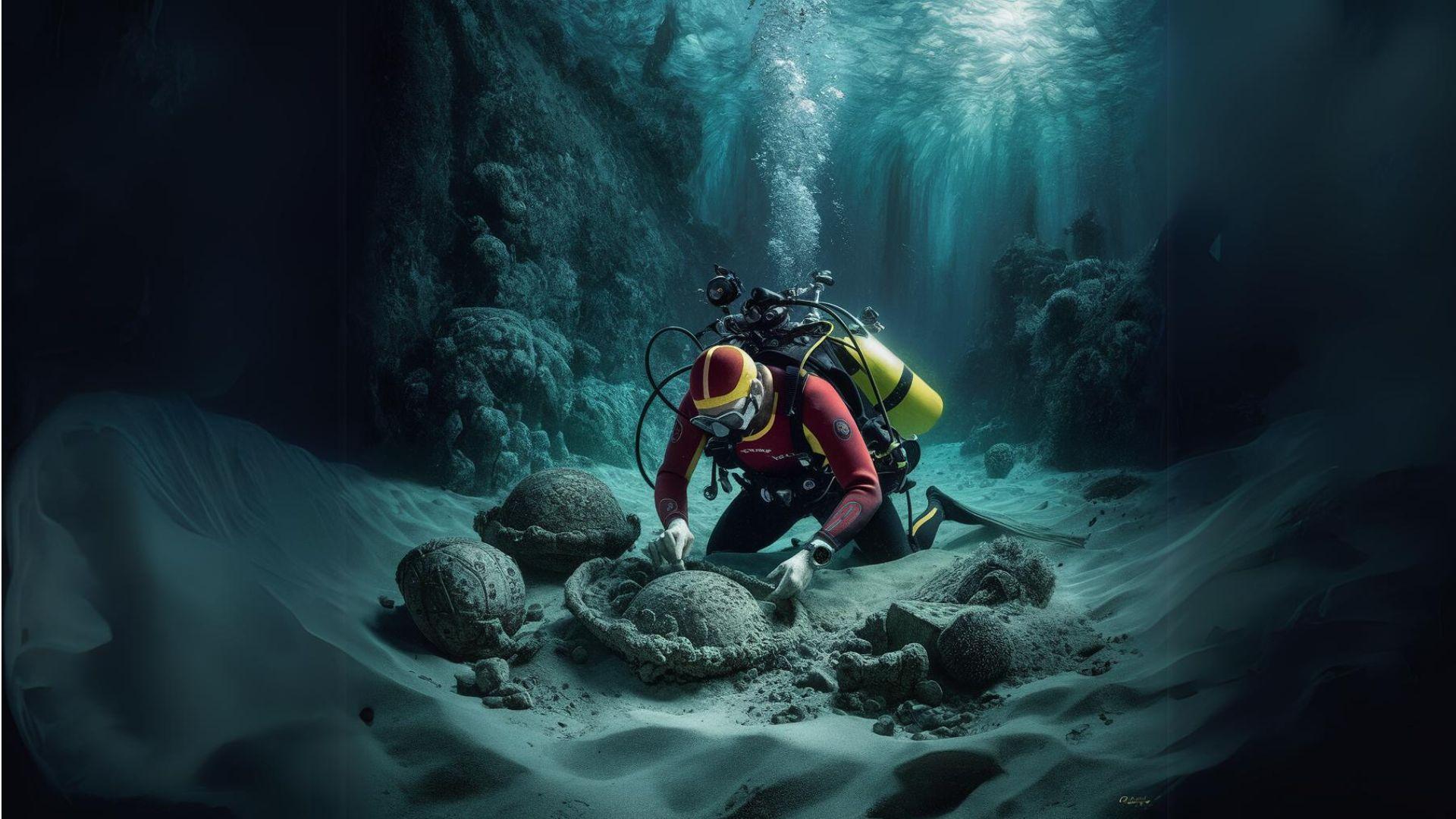
The environmental concerns are significant because the deep sea is one of the least understood environments on Earth. The ecosystems there are fragile, slow to recover from disturbances, and home to unique species that might not exist anywhere else.
Sweetman and others argue that a deeper understanding of the deep sea is essential before proceeding with industrial-scale mining. On one hand, there’s recognition of the critical need for the minerals contained in these nodules, especially for technologies crucial to combating climate change. On the other hand, there’s a growing awareness of the deep sea’s ecological value and the risks that mining could pose.
Ocean’s Edge: The Ethical Stakes of Deep-Sea Mining
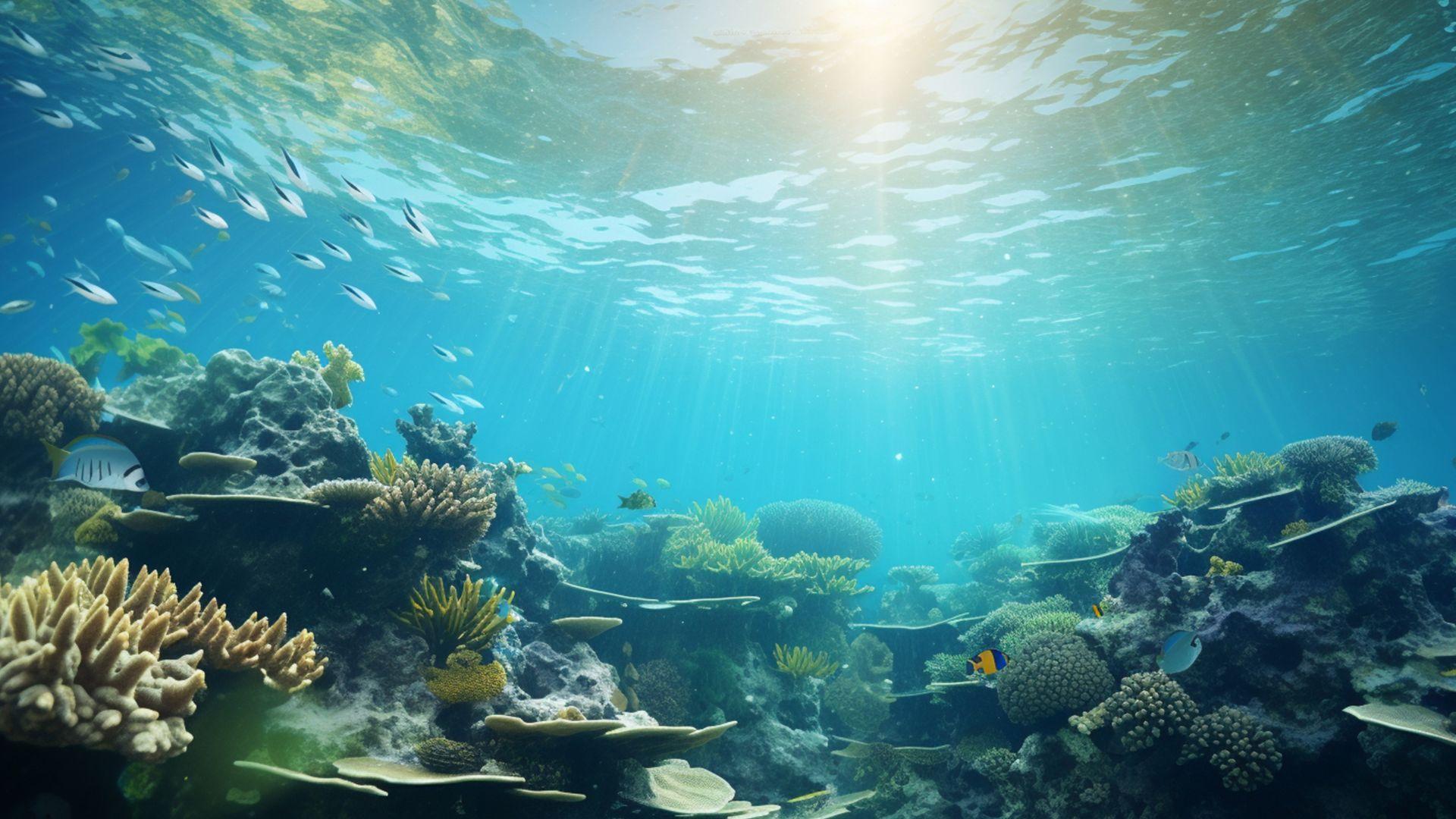
The aspect of the ethical debate involves the rights of future generations. Deep-sea mining could deplete resources that might be essential in the future or cause environmental damage that future generations will have to live with. The question arises: do we have the right to exploit these resources today without fully understanding the consequences for tomorrow?
There’s an ongoing debate about whether humanity has the right to mine these deep-sea resources, particularly when the risks are so poorly understood. Some argue that the precautionary principle should be applied, meaning that if the risks are unknown or potentially severe, actions should be avoided until more is understood.
Blurring the Blue: Is Ocean Mining Will Change Our Water?
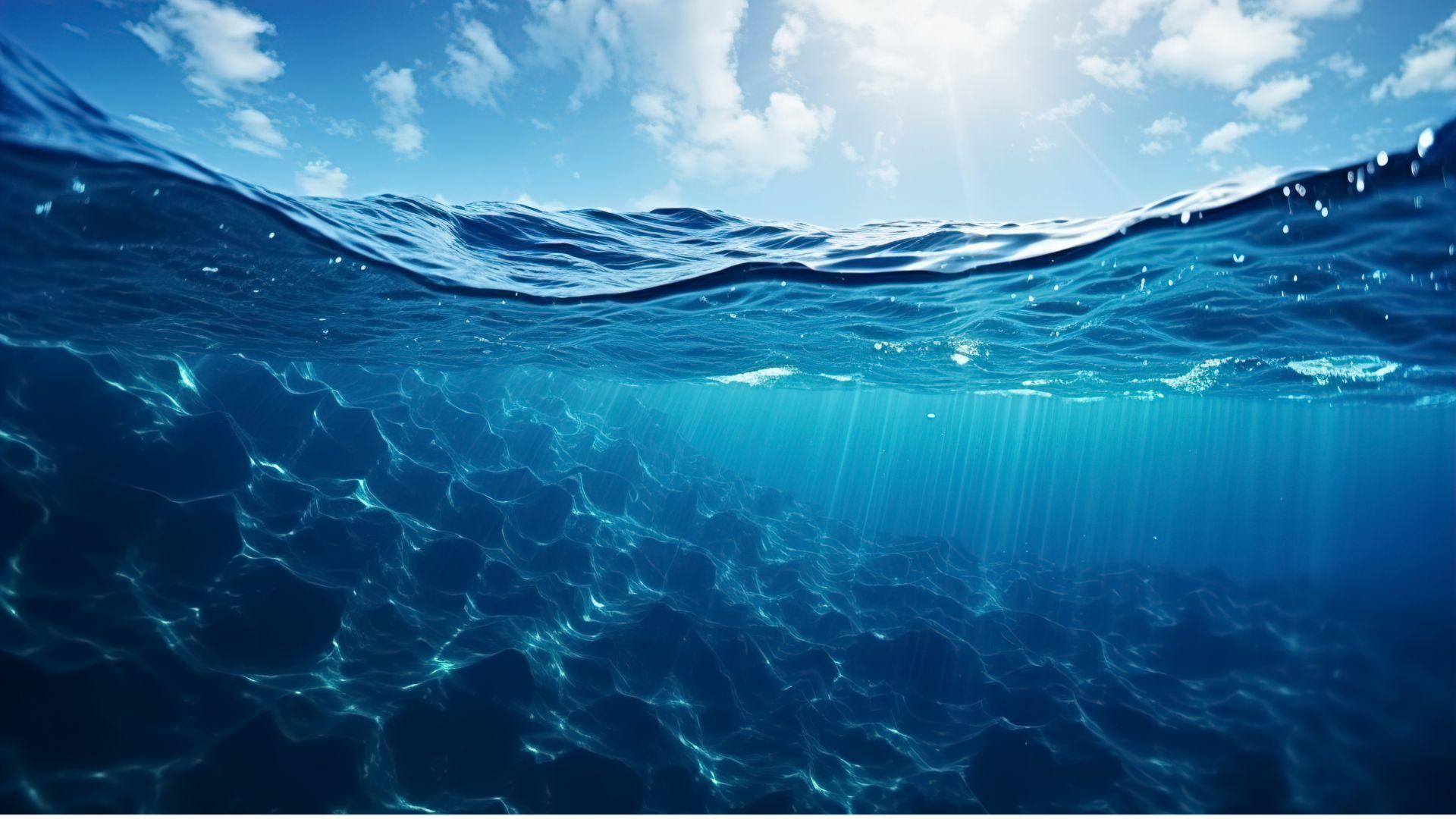
Deep-sea mining can transform the ocean’s clear waters into murky, lifeless zones by releasing massive sediment plumes. These underwater dust clouds spread across vast areas, choking marine life that relies on clean water and sunlight. As the particles drift, they can block light needed by photosynthetic organisms, disrupt food chains, and overwhelm filter feeders.
Worse, the plumes can release buried toxins, contaminating the water and entering the food chain. In short, sediment plumes from mining pose a significant threat to the ocean’s health, altering its chemistry and clarity with far-reaching consequences.
A World of Untold Mysteries Beneath the Waves
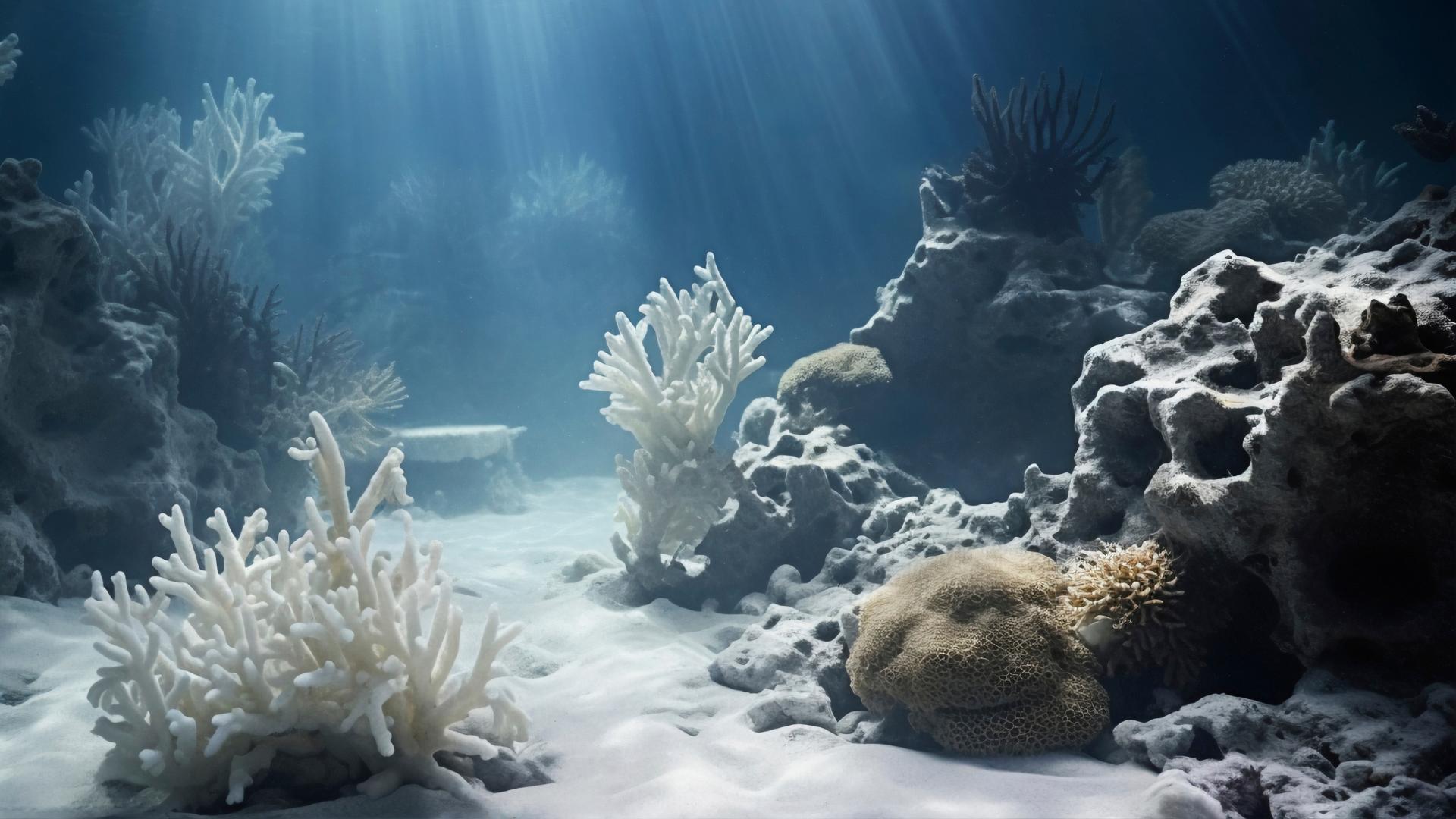
While test mining has started, commercial deep-sea mining is not yet legally permitted internationally. The International Seabed Authority has issued 31 exploration contracts across an area of over 1.5 million square kilometers—four times larger than Germany.
The debate ultimately centers around the question of whether humanity can responsibly tap into these underwater resources without causing irreparable harm to one of the planet’s last frontiers. The answer to this question could shape the future of both ocean conservation and the global transition to a greener economy.

